Complex geometry: Heneghan Peng’s Palestinian Museum takes its cue from a natural context
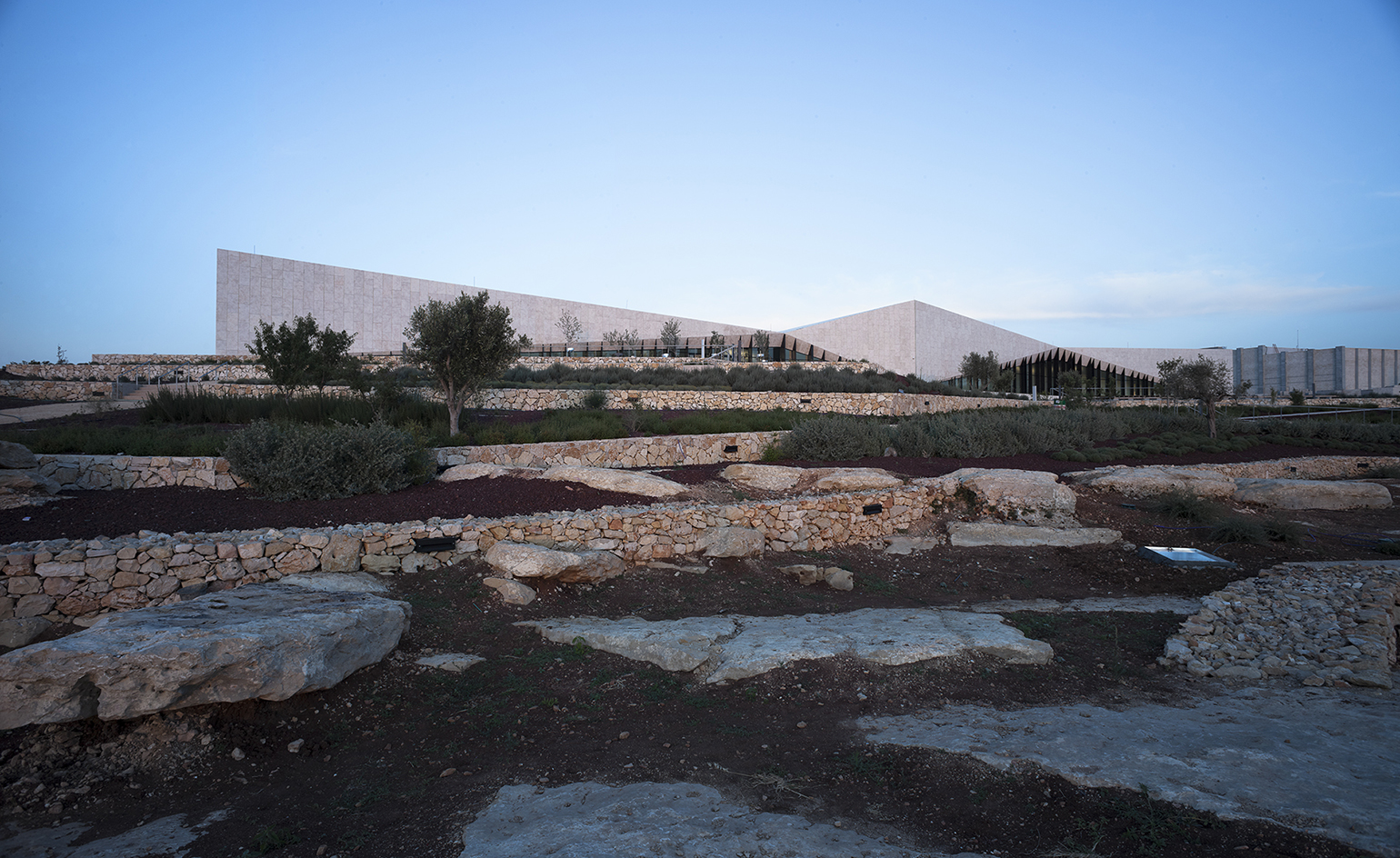
The Palestinian Museum, designed by Heneghan Peng Architects, has been compared to a Bedouin tent – described as a building dancing on top of a hill and noted for its complex geometries. But for project architect Conor Sreenan, the inspiration for and execution of the museum perched on a hillside in Birzeit was 'straightforward and simple'.
'It deals with facts on the ground,' he says from his office in Dublin, 'with the topography and geography of Palestine.' The museum was inaugurated in May after two decades of planning and fundraising by the Welfare Association (an NGO backed mainly by Palestinian exiles), and three challenging years of construction. At once a hub for Palestinian culture and a connector to the larger diaspora via global satellite galleries and an extensive online archive, the museum boasts spaces for exhibitions and performance as well as research and education, all set within four hectares of planned gardens (designed with Jordanian landscape architect Lara Zureikat).
The architects chose to express the often-fraught issue of Palestinian identity by deriving form directly from the landscape. 'The design is not a glib reaction to occupation,' says Sreenan, but rather 'a response to physical context.' Working with the existing contours of the land, they created a building that emerges organically from the site. Employing construction methods used for thousands of years in Palestine, they cleared the land of stones and then used them to build retaining walls that support a series of cascading terraces tracing historical agricultural terrain.
While many institutional buildings in Palestine read like stone fortresses, this museum opens up to the land and to its people; in a place of barriers there is no perimeter wall around the site. Sweeping vistas of the West Bank and the Mediterranean beyond are a constant reminder of connection to place.
Rather than imposing itself upon the site, the long, narrow building of concrete, clad in local limestone, rests lightly upon the land. A series of zigzagging terraced gardens hug the hill that slopes from East to West, unfolding like sedimentary layers of history. Agricultural plantings including wheat and chickpeas embrace the base, while a variety of orange, almond, oak and pine trees weave their way to the top.
An eastern angular entranceway beckons museumgoers into a light filled space, with offices, a cafe and shop to the north, and exhibition area to the south. The main exhibition room is complemented by a glass gallery delineated by a subtle spatial shift that reveals the roof’s geometry. It looks westward across the site and to the sea, and out into a sunken outdoor amphitheatre, offering a constant connection to the physical reality of Palestine – as well as a device for both national memory and global connections, honouring ongoing struggles while speaking to future aspirations.

In order to define the museum’s final form, the architects drew inspiration directly from the surrounding landscape
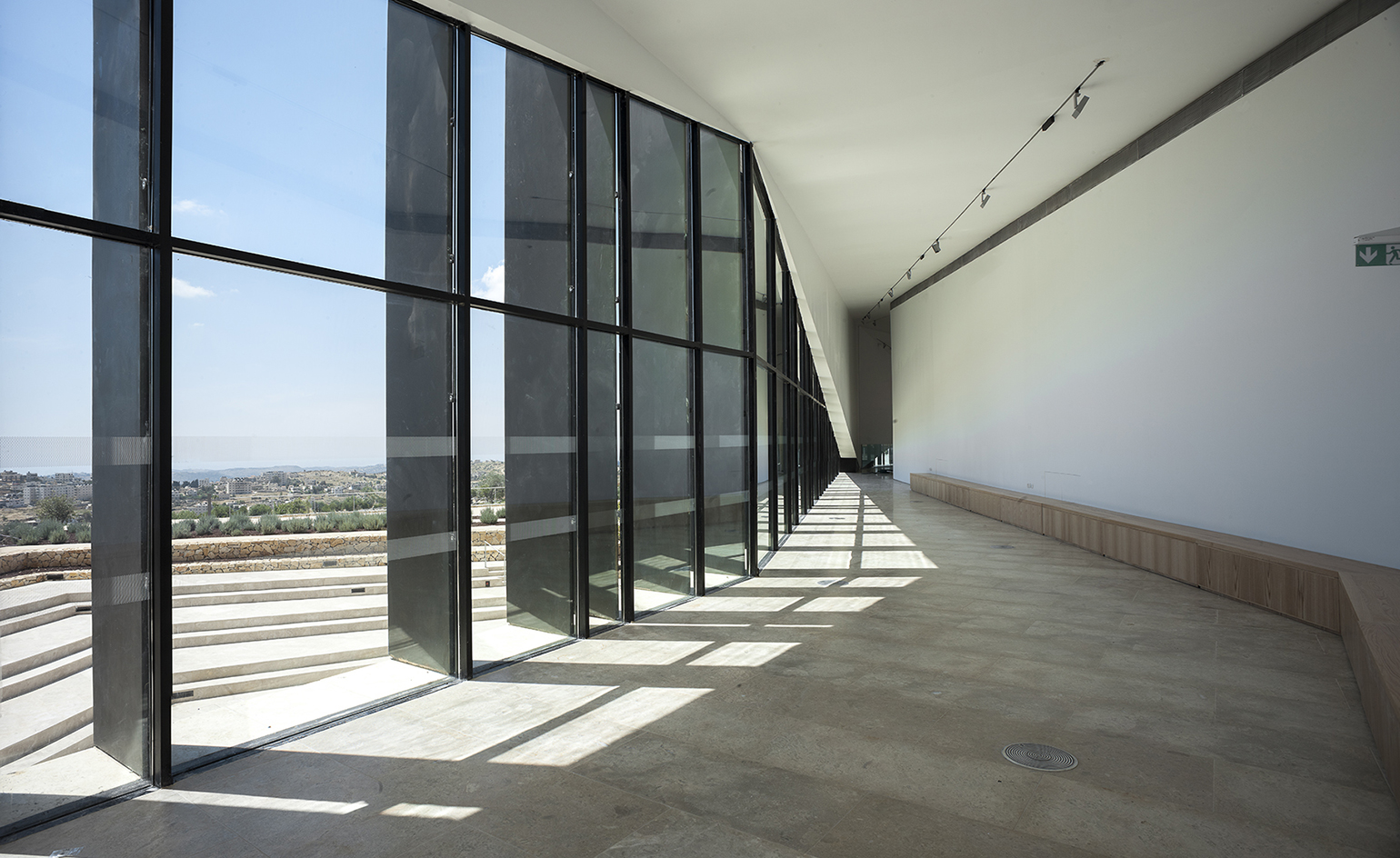
They employed construction methods used for thousands of years in Palestine; the stone found on site helped build retaining walls that support a series of cascading terraces
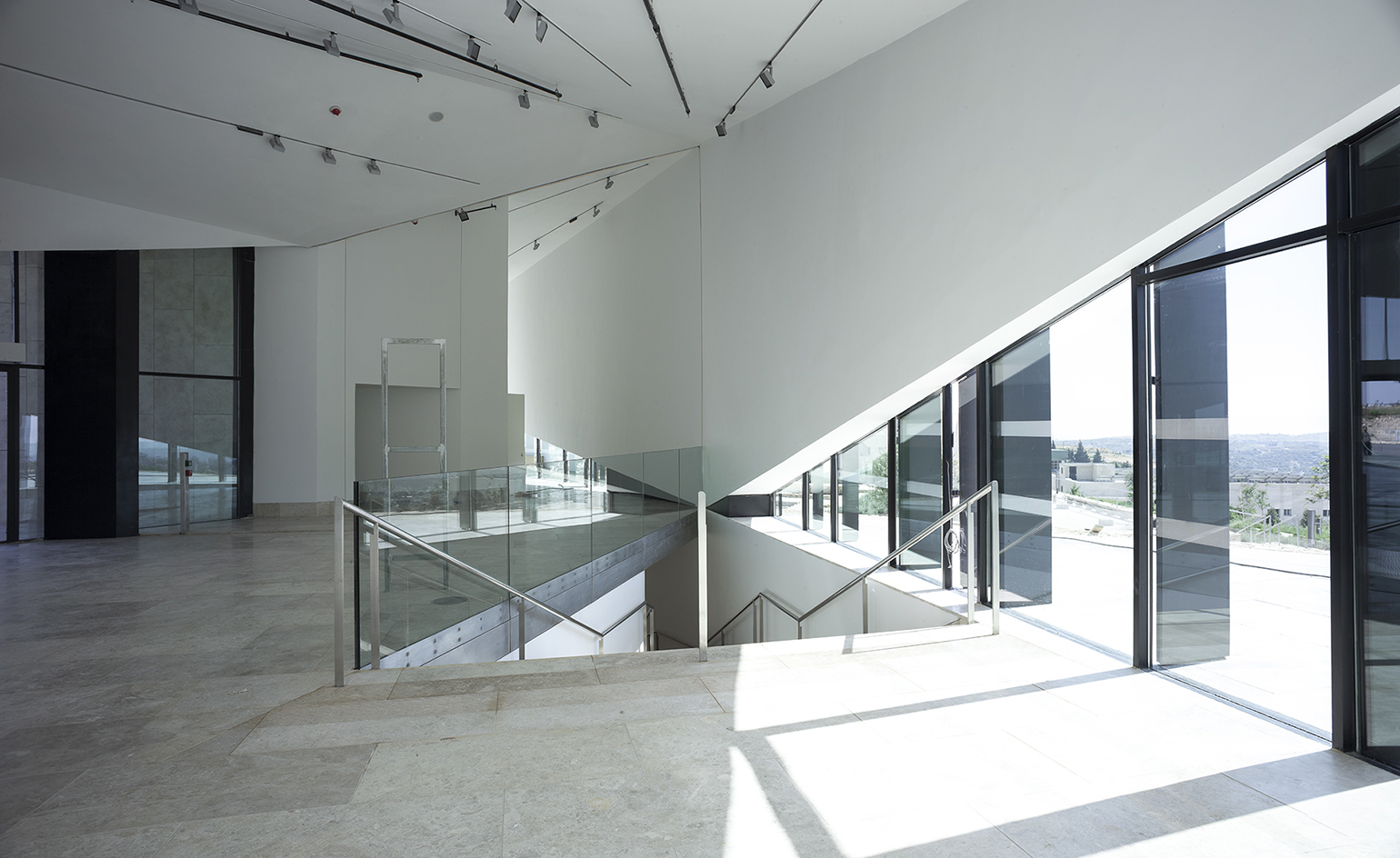
There is no perimeter wall to the museum and visitors can enjoy sweeping views of the surrounding nature

The concrete building is clad in limestone and features a series of zigzagging terraced gardens
INFORMATION
For more information, visit the Heneghan Peng Architects website
ADDRESS
The Palestinian Museum
Museum street (off Omar Ibn Al-Khattab Street)
Birzeit
Receive our daily digest of inspiration, escapism and design stories from around the world direct to your inbox.
-
 In Norway, discover 1000 years of Queer expression in Islamic Art
In Norway, discover 1000 years of Queer expression in Islamic Art'Deviant Ornaments' at the National Museum of Norway examines the far-reaching history of Queer art
-
 The Wilke is LA’s answer to the British pub
The Wilke is LA’s answer to the British pubIn the Brentwood Village enclave of Los Angeles, chef and restaurateur Dana Slatkin breathes new life into a storied building by one of Frank Gehry’s early mentors
-
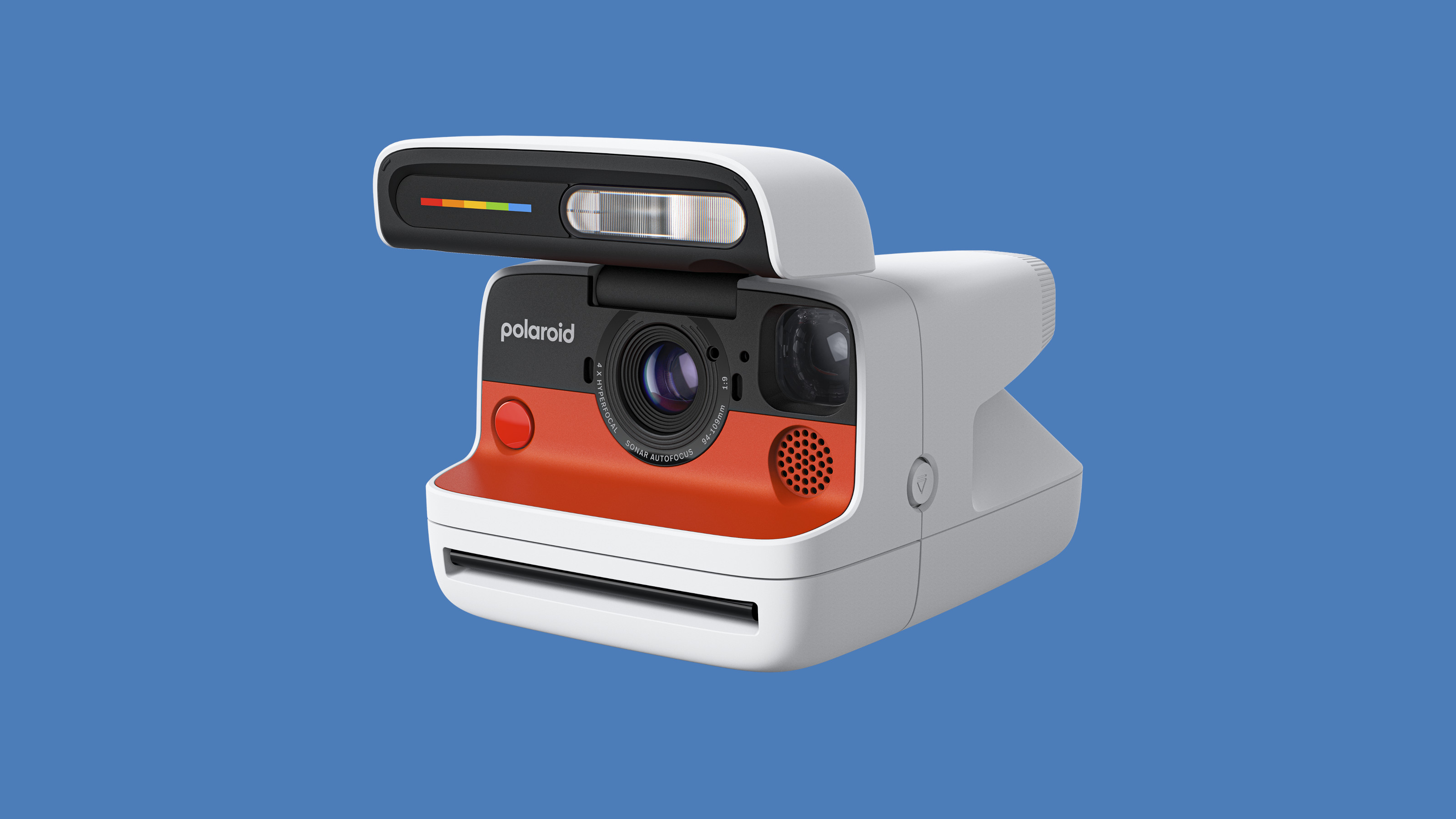 Top 10 gadgets of 2025, as chosen by technology editor Jonathan Bell
Top 10 gadgets of 2025, as chosen by technology editor Jonathan BellWhat were the most desirable launches of the last 12 months? We’ve checked the archives to bring you this list of the year’s ten best devices
-
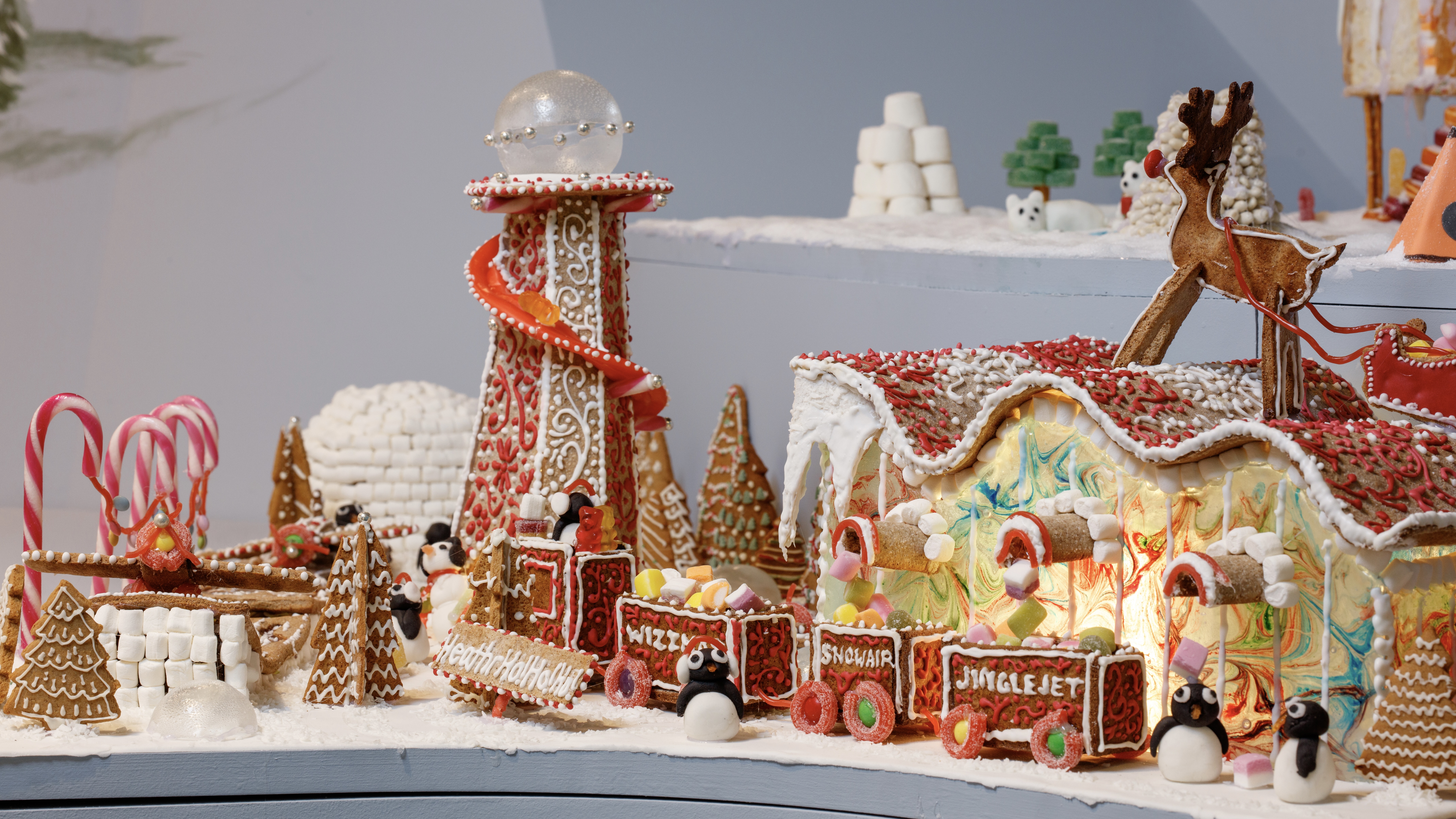 Welcome to The Gingerbread City – a baked metropolis exploring the idea of urban ‘play’
Welcome to The Gingerbread City – a baked metropolis exploring the idea of urban ‘play’The Museum of Architecture’s annual exhibition challenges professionals to construct an imaginary, interactive city entirely out of gingerbread
-
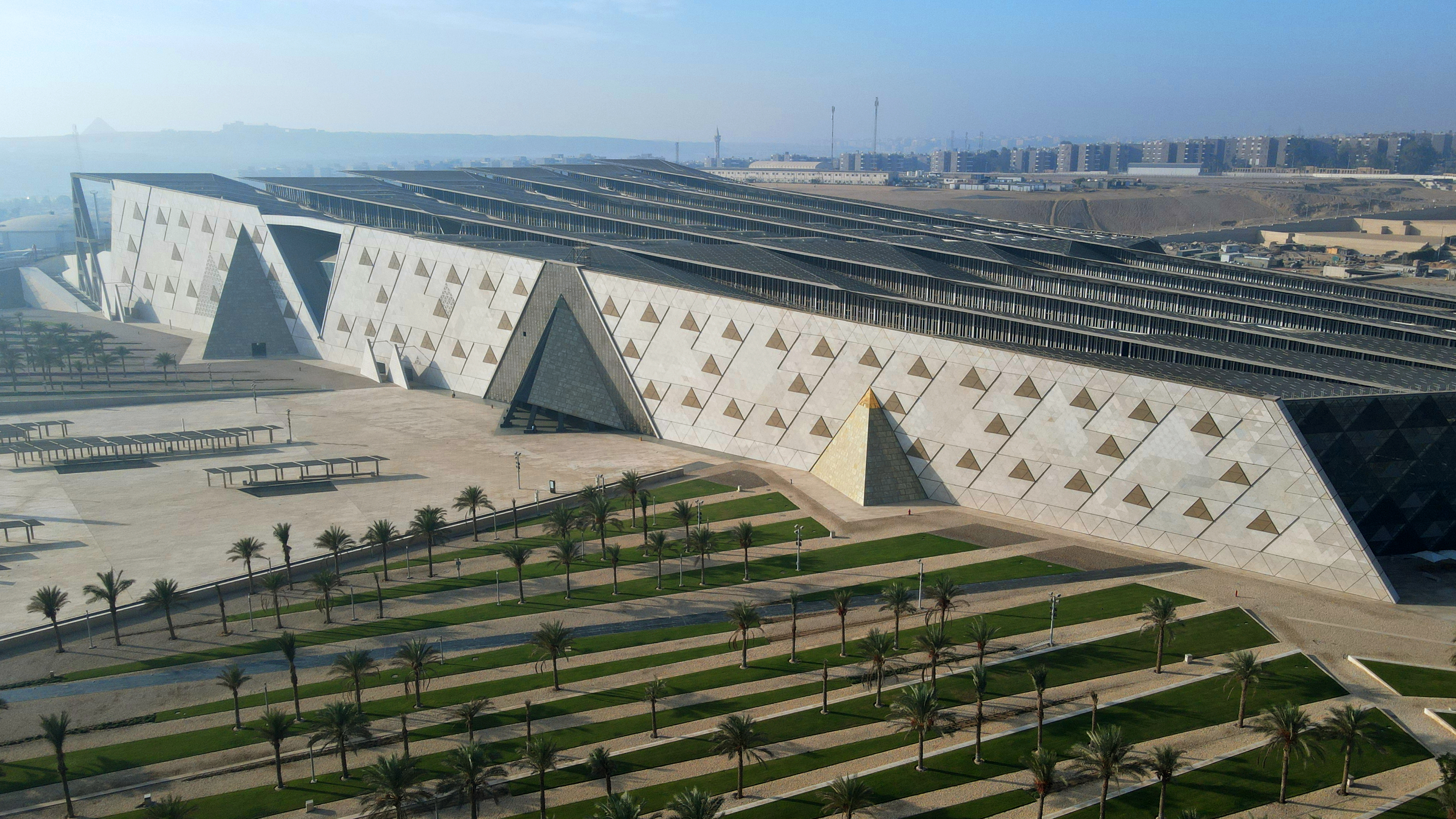 The Grand Egyptian Museum – a monumental tribute to one of humanity’s most captivating civilisations – is now complete
The Grand Egyptian Museum – a monumental tribute to one of humanity’s most captivating civilisations – is now completeDesigned by Heneghan Peng Architects, the museum stands as an architectural link between past and present on the timeless sands of Giza
-
 A beautifully crafted concrete family house in a Mexican suburb is a contemplative oasis
A beautifully crafted concrete family house in a Mexican suburb is a contemplative oasisHW Studio have shaped a private house from raw concrete, eschewing Brutalist forms in favour of soft light, enclosed spaces and delicate geometries
-
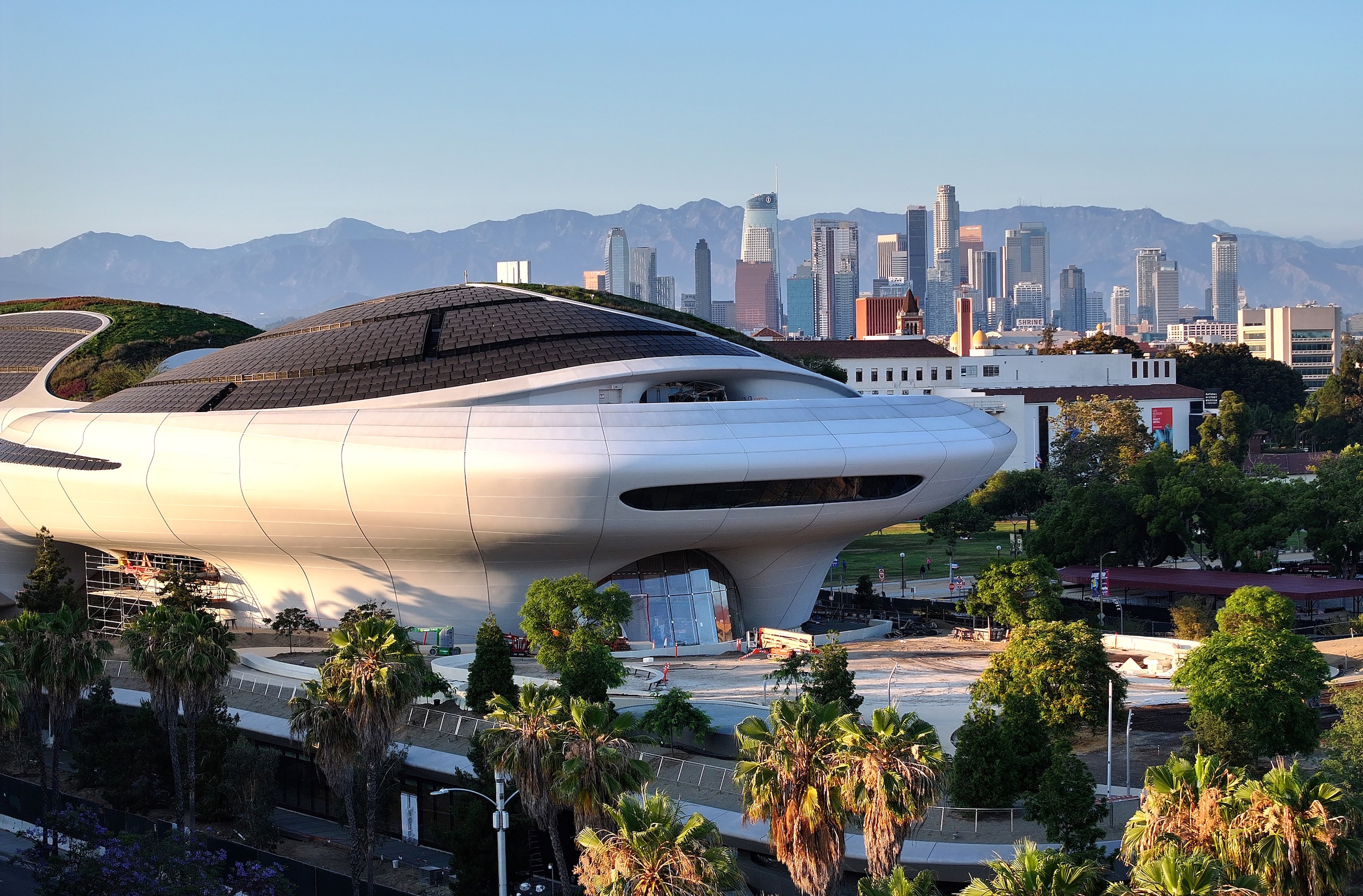 George Lucas’ otherworldly Los Angeles museum is almost finished. Here’s a sneak peek
George Lucas’ otherworldly Los Angeles museum is almost finished. Here’s a sneak peekArchitect Ma Yansong walks us through the design of the $1 billion Lucas Museum of Narrative Art, set to open early next year
-
 The great American museum boom
The great American museum boomNine of the world’s top ten most expensive, recently announced cultural projects are in the US. What is driving this investment, and is this statistic sustainable?
-
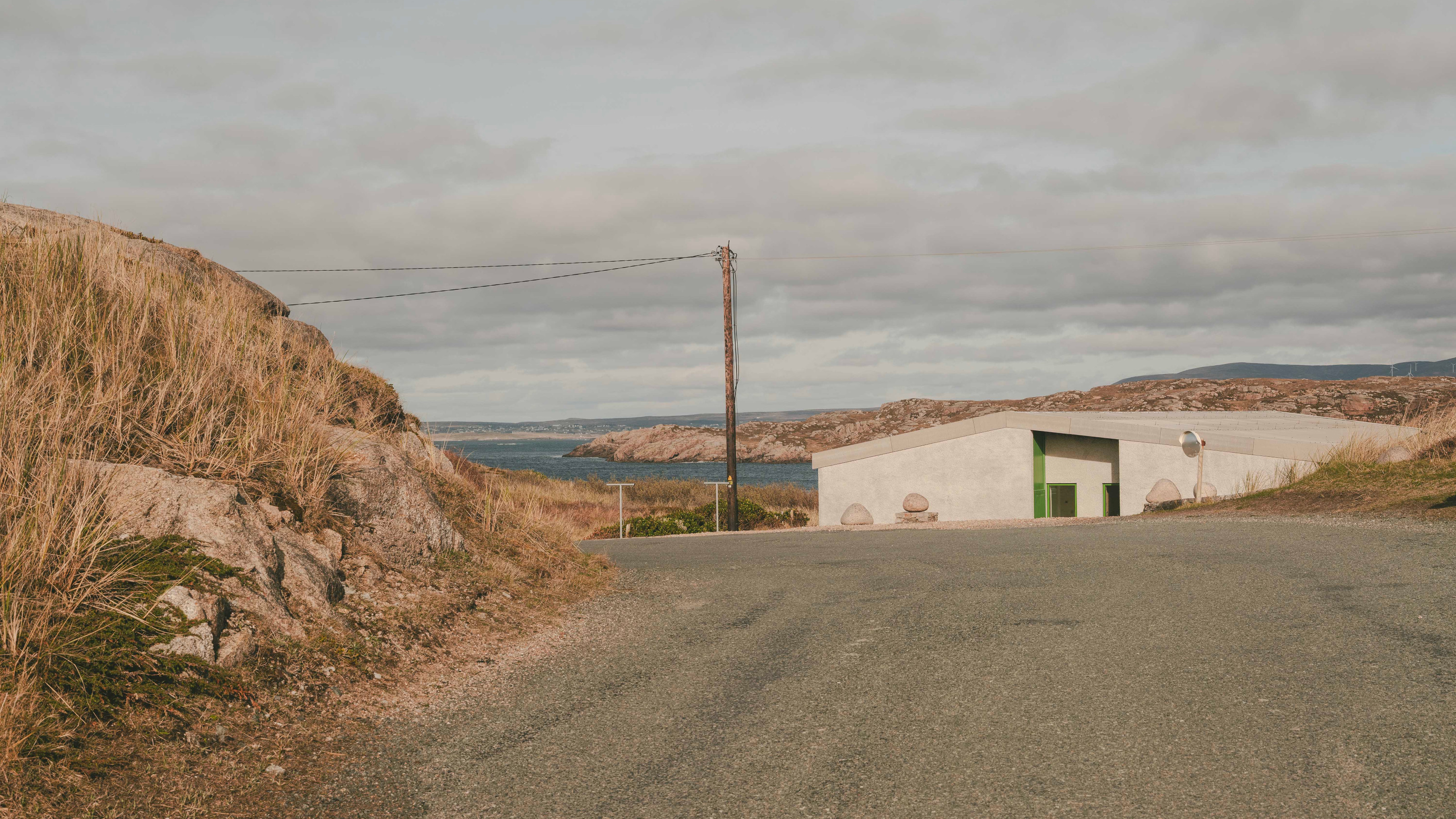 A house on Ireland’s wild Atlantic coast blends into the landscape
A house on Ireland’s wild Atlantic coast blends into the landscapeOn the Atlantic coast, Cruit Island’s craggy topography and wind-swept vegetation inspired the form and composition of this beachside family retreat in Donegal
-
 2025 Expo Osaka: Ireland is having a moment in Japan
2025 Expo Osaka: Ireland is having a moment in JapanAt 2025 Expo Osaka, a new sculpture for the Irish pavilion brings together two nations for a harmonious dialogue between place and time, material and form
-
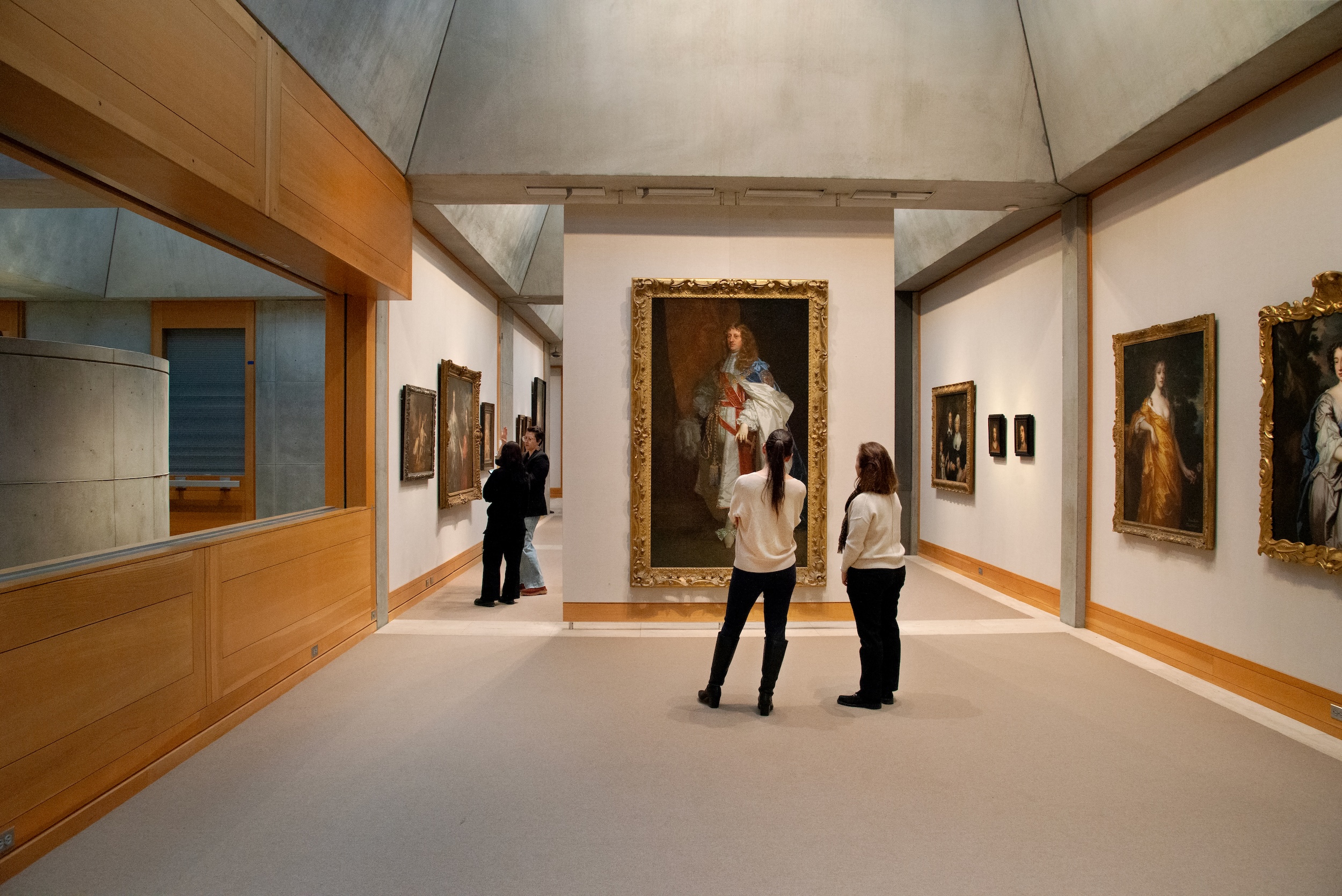 The Yale Center for British Art, Louis Kahn’s final project, glows anew after a two-year closure
The Yale Center for British Art, Louis Kahn’s final project, glows anew after a two-year closureAfter years of restoration, a modernist jewel and a treasure trove of British artwork can be seen in a whole new light